Traditional Chinese Medicine Planting Technology-Anoectochilus chinensis Planting Method
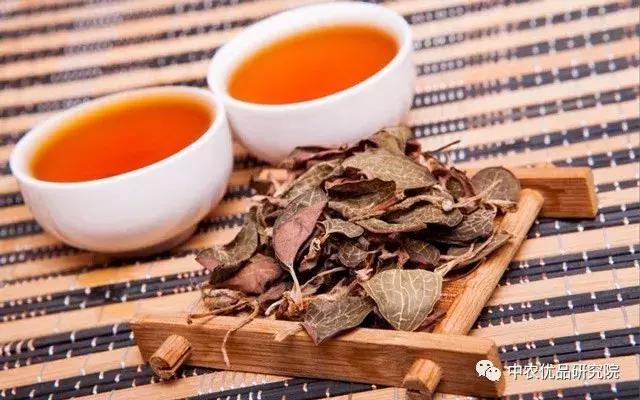
According to the Compendium of Materia Medica, Anoectochilus roxburghii has the functions of clearing heat and cooling blood, dispelling wind and dampness, balancing yin and yang, strengthening the body, nourishing body fluid, harmonizing qi and blood, nourishing life and prolonging years, etc.
Modern scientific identification shows that Anoectochilus roxburghii contains 8 kinds of essential amino acids, which is higher than that of Panax quinquefolium and wild ginseng.
Anoectochilus roxburghii has remarkable health-preserving effect, and it is often used in daily life, such as tea and cooking, which can effectively regulate the body's qi and blood and improve immunity.
The folk title for Anoectochilus roxburghii can better explain its value as "King of Medicine", "Golden Grass", "Divine Medicine", "Black Ginseng" and so on.
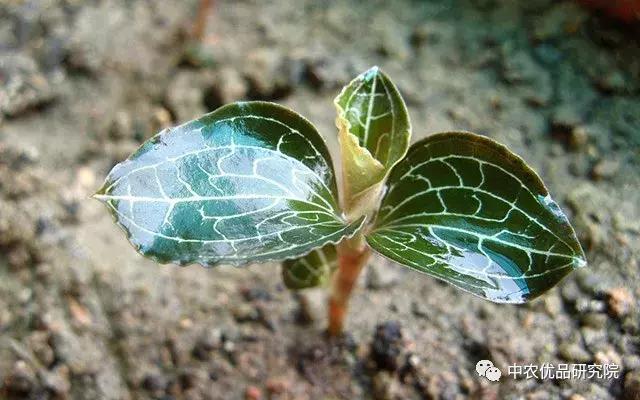
The present situation of the scarcity of Clematis resources
It is because of the wide application value of Anoectochilus roxburghii, the natural growth environment is difficult to meet the harsh requirements of "small golden leaves", and the gifts of nature are almost exhausted.
In 1990, Fujian provincial government protected Clematis as an endangered and precious medicinal plant.
Anoectochilus roxburghii is mostly grown in Guangxi, Guizhou, Yunnan and other places, the local output of Fujian is very little, but the market demand is increasing year by year, the natural resources which are almost exhausted are facing a major test.
Planting method of Clematis roxburghii
Only large-scale and standardized planting is the only way to balance the market. Today, the small family of middle farmers will briefly introduce to you the planting methods of Clematis.
The cultivation method of Anoectochilus roxburghii in our hospital is the method of tissue culture seedlings. First of all, we have to simulate the natural growth environment of Anoectochilus roxburghii to prepare the basic conditions. At present, the general cultivation still choose outdoor greenhouse or indoor planting, need to have sufficient water to facilitate irrigation.
Pot or square plate three-dimensional cultivation can not only control the soil quality but also increase the yield per mu.
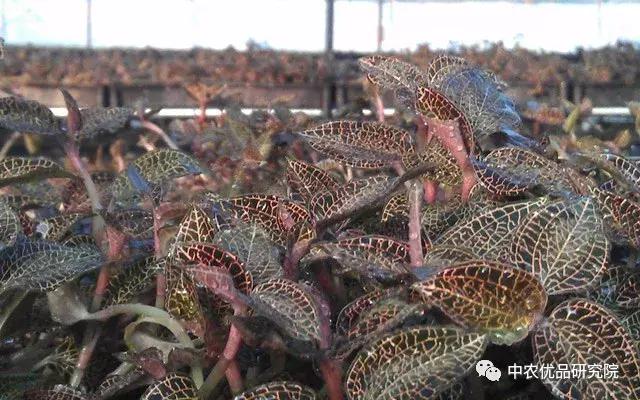
Lighting control: lighting 3000-5000LUX (double-layer 80% shading net available).
Temperature management: 20 ℃ ~ 32 ℃.
Humidity management: relative humidity 70%.
Land selection: must be cultivated with a clean and suitable cultivation medium, which has good air permeability and water retention. The planted soil should be loose, breathable and moist. With red soil and sandy loam as the main cropping, the texture is loose and acidic, so it is suitable for planting Clematis roxburghii. Peat and perlite are recommended.
Fertilization management: fertilize once a month, preferably using farm liquid fertilizer or biogas liquid, diluted to 1000 times.
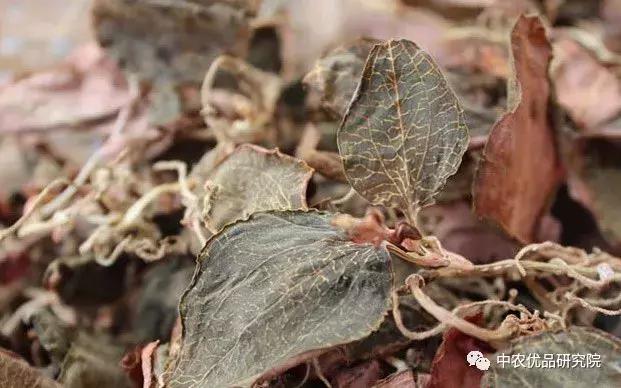
Harvest: the determination of the suitable harvest time is closely related to the cultivation time, and it must be harvested at least 10 months after bottle cultivation (8 months after planting). When the plant height of Clematis roxburghii is above 8-10cm, 5-6 leaves and fresh weight 4g/ plant can be harvested.
Pest control of Anoectochilus roxburghii
The main diseases and insect pests of Anoectochilus roxburghii are relatively few, such as snails, slugs, red spiders, ground tigers, mole crickets and so on. Generally, artificial hunting or the proportion of sugar, vinegar, wine and water used around the greenhouse are used to trap and kill a small amount of insecticides.
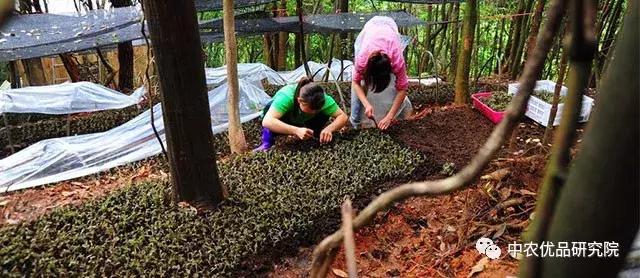
In the case of long-term poor ventilation or excessive humidity, Anoectochilus roxburghii can easily lead to the following diseases:
1. Stunting disease: mainly caused by Fusarium oxysporum, yellow-brown watery spot appeared at the base of the diseased seedling, and soon revolved around the stem, resulting in quenching. You can spray 500 times with 75% chlorothalonil wettable powder 600 times or 64% alum wettable powder 500 times, one day every 7 days, 2-3 times in a row.
2. White silk disease mostly occurs in the mildew and rainy season. At the beginning of the disease, the leaf base was covered with white silk, resulting in rotting of the rhizome. Prevention and treatment: remove the basin soil with bacteria and sprinkle with pentachloronitrobenzene powder or lime. Radical cure: pay attention to ventilation and light transmission, basin soil drainage is good. Seriously diseased plants will be burned.
3. Anthrax: it occurs all the year round, especially in the high temperature and rainy season, especially in Jianlan. The disease spot first extends from the leaf tip to the rhizome, which is brown at first, then gradually expands and increases, and many dry black spots appear, which in severe cases lead to the death of the whole plant. Prevention and treatment methods: in addition to actively improving environmental conditions, during the onset period, 50% methyl topiramate wettable powder can be sprayed 1500 times, once every 7-10 days, and then supplemented with 1% equivalent Bordeaux solution, once every semimonthly, 3-5 times continuously.
4. Scale insects: commonly known as "blue lice". In the case of high temperature and humidity and poor air flow, reproduction is the fastest. 1% omethoate or 1500 times 50% Mara sulfur can be sprayed during the incubation period. If the number of pots is small, it can also be brushed out manually.
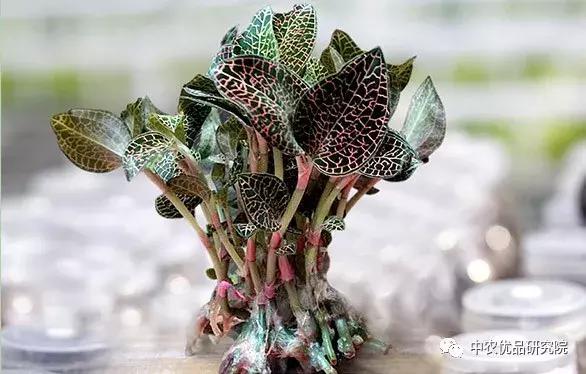
The planting change section of Anoectochilus roxburghii is introduced here for all friends. Please wait for the follow-up. If you have drug farmers who are in urgent need of detailed information on planting technology, you can directly contact the technicians of the Central Agricultural Research Institute or leave a message + contact information. The small section will contact the technician for you to answer your questions in time.
- Prev
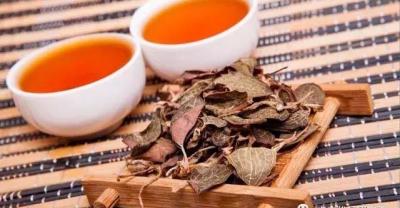
How to grow Jiwa lotus? The planting method of Jihua lotus
Jihua lotus, also known as Chihuahua, is a highly ornamental succulent plant. It is loved by many people because of its beautiful and lovely appearance. You must be.
- Next
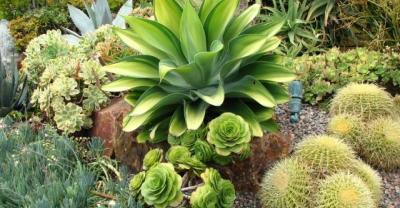
How to plant potted family peony planting method of potted peony
How to plant potted peony in family peony planting method-peony is loved by many people as a national flower, planting a pot of peony at home can not only
Related
- Fuxing push coffee new agricultural production and marketing class: lack of small-scale processing plants
- Jujube rice field leisure farm deep ploughing Yilan for five years to create a space for organic food and play
- Nongyu Farm-A trial of organic papaya for brave women with advanced technology
- Four points for attention in the prevention and control of diseases and insect pests of edible fungi
- How to add nutrient solution to Edible Fungi
- Is there any good way to control edible fungus mites?
- Open Inoculation Technology of Edible Fungi
- Is there any clever way to use fertilizer for edible fungus in winter?
- What agents are used to kill the pathogens of edible fungi in the mushroom shed?
- Rapid drying of Edible Fungi

